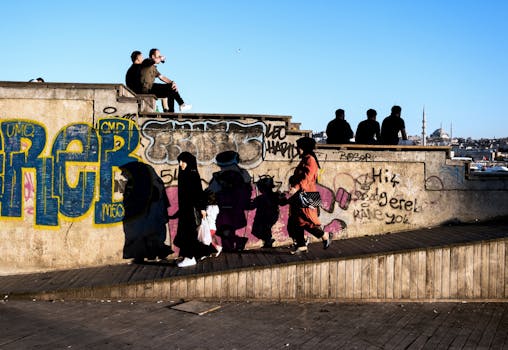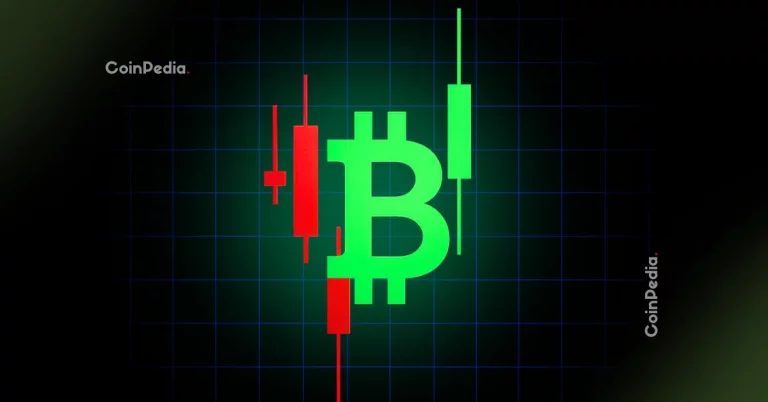
Cultural Fusion: Embracing Diversity in European Lifestyles by 2025
Cultural fusion is becoming an integral part of European lifestyles, with diverse influences from around the world shaping the way people live, work, and interact. As we approach 2025, it’s clear that this trend is not only redefining European identities but also fostering a sense of community and belonging among people from different cultural backgrounds.
Introduction to Cultural Fusion
Cultural fusion refers to the blending of different cultural practices, traditions, and values to create a unique and dynamic cultural landscape. In Europe, this phenomenon is driven by factors such as migration, globalization, and technological advancements. As people from diverse backgrounds come together, they bring with them their customs, languages, and perspectives, which in turn enrich the cultural fabric of European societies.
Benefits of Cultural Fusion
The benefits of cultural fusion in European lifestyles are numerous. For one, it promotes cross-cultural understanding and tolerance, helping to break down social barriers and forge stronger, more inclusive communities. Additionally, cultural fusion stimulates creativity and innovation, as people from different backgrounds bring unique ideas and approaches to the table. This, in turn, can lead to new business opportunities, artistic expressions, and culinary delights.
Challenges of Cultural Fusion
While cultural fusion offers many advantages, it also presents challenges. One of the main concerns is the potential loss of traditional cultural identities, as younger generations become more assimilated into dominant cultures. Furthermore, cultural fusion can lead to conflicts between different cultural groups, particularly if there are significant differences in values, beliefs, or practices.
Embracing Cultural Fusion in European Lifestyles
To fully embrace cultural fusion, Europeans must be open to learning about and appreciating different cultures. This can involve participating in cultural events, trying new foods, learning languages, and engaging in cross-cultural dialogue. By doing so, individuals can broaden their perspectives, challenge their assumptions, and develop a deeper understanding of the complexities and richness of European cultural diversity.
Conclusion
In conclusion, cultural fusion is a powerful force shaping European lifestyles by 2025. As people from diverse backgrounds come together, they create a vibrant and dynamic cultural landscape that is characterized by creativity, innovation, and inclusivity. While there are challenges to be addressed, the benefits of cultural fusion far outweigh the costs. By embracing this trend, Europeans can build stronger, more resilient communities that celebrate the richness of their cultural diversity.





